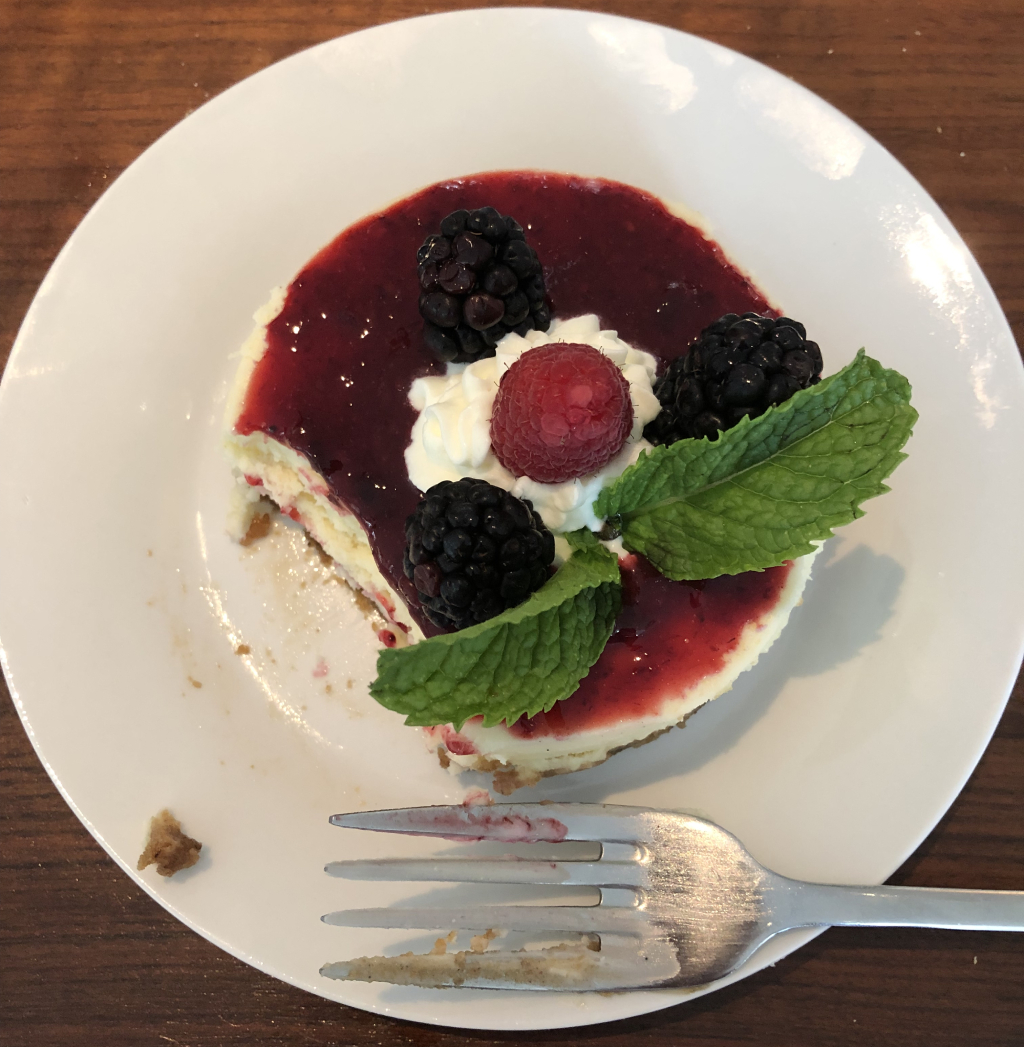Master of Whole Spices – Chef Kaiser Lashkari at Himalaya Restaurant
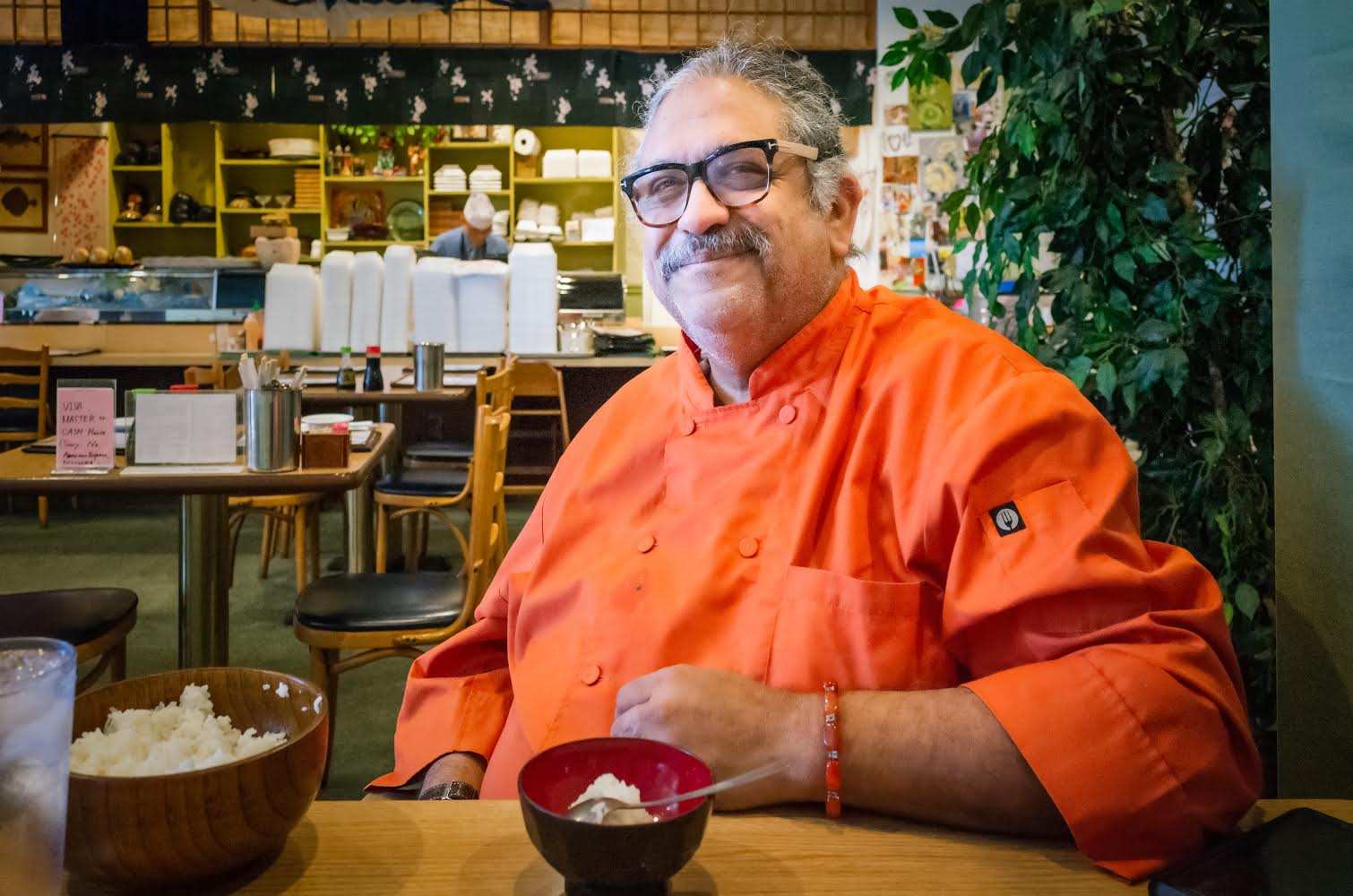
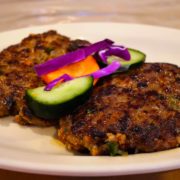
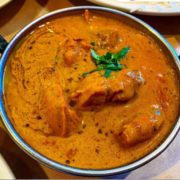
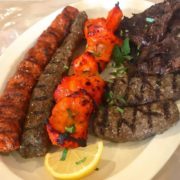
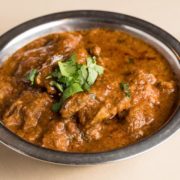 +7
+7 Master of Whole Spices – Chef Kaiser Lashkari at Himalaya Restaurant
Master of Whole Spices – Chef Kaiser Lashkari at Himalaya Restaurant
Master of Whole Spices – Chef Kaiser Lashkari at Himalaya Restaurant
Master of Whole Spices – Chef Kaiser Lashkari at Himalaya Restaurant
Master of Whole Spices – Chef Kaiser Lashkari at Himalaya Restaurant
Master of Whole Spices – Chef Kaiser Lashkari at Himalaya Restaurant
Master of Whole Spices – Chef Kaiser Lashkari at Himalaya Restaurant
Master of Whole Spices – Chef Kaiser Lashkari at Himalaya Restaurant
Master of Whole Spices – Chef Kaiser Lashkari at Himalaya Restaurant
Butted-up against the Hindu Kush at the Afghan border in northwest Pakistan sits Peshawar, Pakistan’s oldest city, with historical records dating to 539 BC. The city served as a “frontier” gateway to the Indian sub-continent for eastern-bound travelers who didn’t die crossing the Khyber Pass. Its gold, Herodotus wrote, made Peshawar one of the ancient Persians’ favorite tribute-paying satrapies. Today Peshawar is known for culinary treasures such as Chapli Kabob, a flavorful fried meat patty with complex Persian, Turkish and Pashtun-inflected ingredients. When I taste the pomegranate seeds, crushed coriander seeds, and red chili peppers in Chef Kaiser Lashkari’s Peshawari Chapli Kabob at Himalaya Restaurant, I’m tempted to label Indo-Pakistani cuisine the most elegantly crafted on the planet.
Peshawari Chapli Kabob originated in the western part of the subcontinent at the Indus River. Mighty Indus, allegorized as a deity in Sanskrit hymns, and into which Alexander the Great territorially peed, begins in the Himalayas and ends at Lashkari’s birthplace, Karachi, on the sparkly Arabian Sea. Other Himalaya Restaurant menu items originate from the eastern end of the subcontinent, the East Indian delicacy Lamb Vindaloo for instance, boneless chunks of lamb simmered in rich spicy sauce with sautéed potatoes, a classic from the Goan region. And, Bihari Steak Tikka from the Ganges region of Bihar. Here, Lashkari mixes elaborate spices to marinade steak chunks before grilling. How long does he marinade? “72 hours. And not a second less!”
Whopping critical praise, the attention of celebrity foodies Anthony Bourdain and Andrew Zimmern, and a James Beard nomination made Lashkari’s story fairly well known. His parents nearly croaked when he dropped out of medical school in his third year because he wanted to cook. His heart was in the kitchen, “with the frying pans, the stews and the curries.” He completed a Masters in Hotel and Restaurant Management at the University of Houston, then returned to Karachi to work under the chef at the Karachi Intercontinental Hotel where he “really learned the craft of cooking.” A desire to express himself and “be his own boss” inspired his return to Houston, where in 2004 he opened Himalaya Restaurant at 6652 Southwest Freeway.
Some things about the subcontinent you just can’t change, the Mughal princes discovered when they gobbled up India, Rajasthan’s miserable heat, for one. They could, however, command palace chefs to refine the cuisine by incorporating Persian-influenced exotic spices, a practice which became canonical in Indo-Pakistani cooking. And lends exquisite flavors to Himalaya’s Chicken Hara from Hyderabadi, boneless chicken in a green curry sauce with yogurt, cilantro and green chilies, applauded by Bourdain. As well, to Gola Kabob with a papaya juice and spice marinade. And, to Lamb Kabob. Since spice blends (garam masala) vary across locations, I wondered if Chef’s personal combination related to a specific region. “My personal blend is based upon my knowledge and cooking experience, not from any region, except it is very closely aligned to Pakistani cuisine.” Funneling knowledge and cooking experience into spice selection is only part of the process, the spices must be “individually roasted on a griddle top” before they are ground and blended. “The key,” he stressed, “is how long and to what degree each spice is roasted.” A meticulous process, which disallows pre-mixed substitutes and skimping. “Women who visit from Pakistan can identify the spices.” One imagines Chef freaked when green cardamom, which is “essential for most curries and sauces because it enhances flavors and adds aroma,” hit $46/pound.
Another elevating feature of Indo-Pakistani food was the use of rich sauces. Himalaya concocts some doozies. Pulverized almonds and cashews thicken the creamy sauce in the Mughlai dish Chicken Korma, a court favorite. Chicken Tikka Masala features a creamy yogurt sauce. Bombay Butter Chicken’s spicy cream sauce has a velvety quality.
Culinary historians believe a royal wife introduced the Persian rice dish Biryani into the Mughal court. Lashkari considers biryani a keystone of Indo-Pakistani food, “it is the #1 item that brings people from both sides of the continent together.” To make his biryanis he cooks lamb, chicken, beef, or goat, with whole spices and rice. Does he use saffron? “A hint of saffron added to the rice.” His biryanis have caramelized onions, and dried plums. The menu includes vegetable and cheese biryanis.
“Why aren’t you eating my bread?” Lashkari is staring at my untouched naan. After I explain that I restrict my carbohydrates, he fesses-up that his doctor wants him to do the same, but he’d “rather be dead.” Chef clearly changed his mind. He dropped weight, and added low-carb items to his menu. Although best to blow off carb counting and sop sauces with Himalaya’s Garlic Naan, or flaky Parathas.
The day Lashkari won the 2019 James Beard nomination for Best Chef Southwest was “one of the happiest days of my life. I wept myself to sleep because I didn’t have my Mom or Dad to share that with.” His lovely wife Asra compensated. “Asra is 51% and I am 49% of the success behind this restaurant.” Having an Indian father and Pakistani mother broadened his culinary range. He thanks his father, “a great soul,” for teaching him honesty, integrity and work ethic. “To make people happy with food is as sacred as my relationship with my God.”
Greek mythology posits Dionysus lived on the subcontinent. And gave it grapevines and the goat-god Pan, which possibly accounts for the Kalash tribe’s shambolic goat worship, and for Dal Gosht (lentils cooked with goat) and Dumpukht, goat slow-cooked in juices with dough sealing in flavors. I’m hankering to spend time in the hills of northwest Pakistan among breathtaking peaks, indescribably hospitable people and spicy garlicky goat meat pies. Zimmern swooned over Himalaya Restaurant’s goat dishes. Goat Karhai, from the “frontier” region, fashions goat, tomatoes, karhai masala spices, green chilies, ginger, and garlic, topped with chopped cilantro and ginger. Lashkari cooks it in a traditional flat bottom wok, the use of which reaches so far back into the subcontinent’s history, it’s mentioned in the Vedas.







































